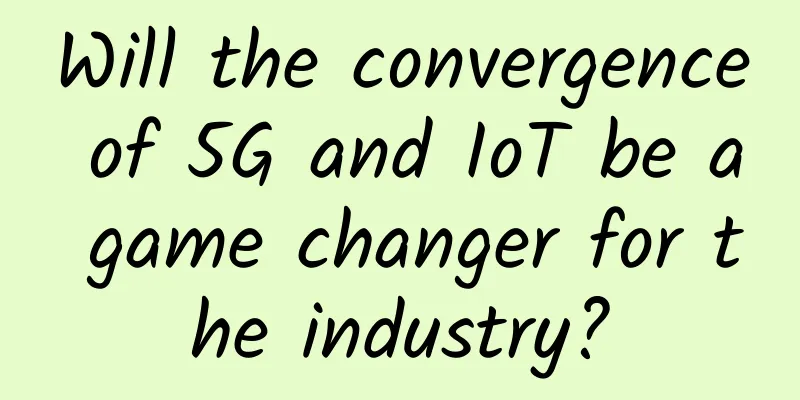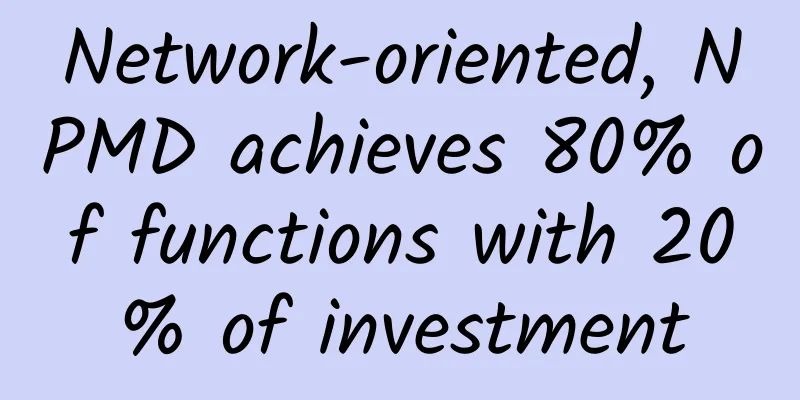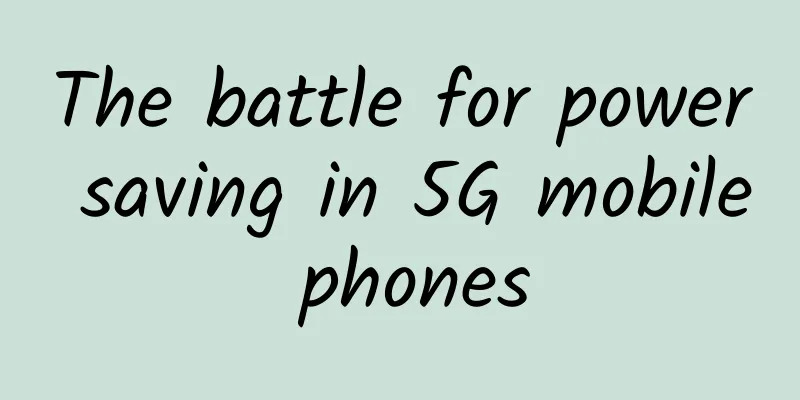Will the convergence of 5G and IoT be a game changer for the industry?

|
The convergence of 5G and IoT has long been discussed as a game changer for the industry. IoT devices and sensors provide valuable data insights to today’s organizations. For most businesses, especially those in data-driven industries, the more IoT devices you have, the more accurate data your business will also have. Additionally, there is an increasing variety of IoT devices on the market: from sensors installed on machines for predictive analytics to wireless sensors installed on other equipment to provide real-time insights into business operations.
In order to get the best output from IoT sensors, having a strong network connection is key. Any latency issues in the network can produce unfavorable or inaccurate results, depending on the sensor and device. For example, IoT sensors in a food manufacturing plant work best in a connected, dedicated network that can send and receive data for the best results, while IoT sensors in an offshore fuel rig must be able to send data back without any network interference. When 5G was first announced a few years ago, the main use cases for the network were focused on helping industries reduce latency issues and process data at faster speeds. While the commercial use cases for 5G are still prominent, the value of 5G use cases from industry shows why countries are also racing to implement the technology. According to the 5G in IoT, Infrastructure, Sensors, Devices and Things 2021-2026 report, the 5G in IoT market will be close to $272.4 billion by 2026, and 5G and IoT-enabled smart machines will bring a global opportunity of $2.9 billion. Deploying 5G and IoTIn fact, with 5G, enterprises will be able to deploy and manage IoT devices on a much larger scale. 5G will optimize IoT networks by managing radio frequencies to meet the needs of both narrowband IoT applications and those that require higher bandwidth, potentially on an on-demand basis. IoT solutions are expected to benefit significantly as telecom operators deploy low-power wide-area network (LPWAN) IoT network capabilities. Many industry verticals are willing to pay a higher price than non-cellular LPWAN for greater flexibility and improved IoT capabilities. Industrial IoT such as agriculture, logistics, and manufacturing will experience more use case availability through LPWAN. For example, agriculture will be able to utilize unmanned aerial vehicles or drones over LPWAN for crop monitoring, etc. In addition to this, smart sensors are now becoming a major growth driver for the IoT market. Especially IoT wireless sensors are expected to reach $198.5 billion by 2026, with industrial IoT accounting for more than 90% of all application areas. North America is likely to have the largest market share due to its high concentration of large multinational companies. Asia Pacific is not far behind. Asia Pacific is expected to be the fastest growing market due to the increasing demand for virtual sensor solutions. Some use cases for IoT sensors include embedding them in industrial assets such as jet engines and wind turbines. Sensors collect real-time operational data, feed it into virtual avatars, and analyze the data to get predictive results. Virtual sensors also enable manufacturers to operate their factories more efficiently and gain timely insights into the performance of the products they produce. As 5G and IoT converge to bring greater promise across industries, enterprises also need to pay close attention to IoT security. Most IoT devices and sensors are built with minimal security protocols. Despite some advances in IoT security, most of these devices require additional security protection. Just as businesses are taking advantage of the speed and innovation of 5G and IoT, cybercriminals can also find ways to weaponize IoT and 5G to their advantage. As with any new technology being added to a business, adequate cybersecurity protection needs to be seriously considered. |
<<: How to avoid JS memory leaks?
>>: Gartner predicts: Global 5G network infrastructure revenue will grow 39% in 2021
Recommend
Smart Home: Which One Wins, 5G or WiFi 6?
Smart homes are becoming an increasingly importan...
The Radio and Television Administration has decided to build a "National Network". Is the IPTV of the three major operators in danger?
Many people may not know that the traditional rad...
What are some tips for installing home broadband that most people don't know? You need to know these things in advance
Broadband includes those from China Telecom, Chin...
Performance Agreement: API Rate Limit
Rate limiting is a key control mechanism used to ...
The Ministry of Industry and Information Technology issued an urgent warning: fraud using "number portability" has been launched
On December 6, the Ministry of Industry and Infor...
Top 10 economic predictions for the tech industry in 2024
As we stand on the cusp of a new year, the tech i...
In order to understand the principle of CDN, I have gone bald.
[[420808]] This article is reprinted from the WeC...
In order to promote 5G packages, operators are also trying their best
Whether on the Internet or in the real world, the...
Understand the latest development trends of the 5G terminal industry in one article
[[382434]] Since the Ministry of Industry and Inf...
The 2017 International Anti-Malware Testing Standards Organization Annual Meeting was successfully held in Beijing
On December 5-6, the 2017 Annual Meeting of the I...
Misunderstood 5G antennas disguised in layers - I feel bitter but cannot express it
What do you think of when you mention 5G antennas...
5G is here, where will the next explosion point of the Internet be?
In the long run, the goal is not to build 5G well...
Akamai Report: Financial Services in Asia Pacific and Japan Suffered Over 3.7 Billion Attacks, Remains the Most Attacked Industry
October 11, 2023 – Akamai Technologies, Inc. (NAS...
How to understand the differences and connections between Session, Cookie, and Token
This article will introduce Session, Cookie, and ...









